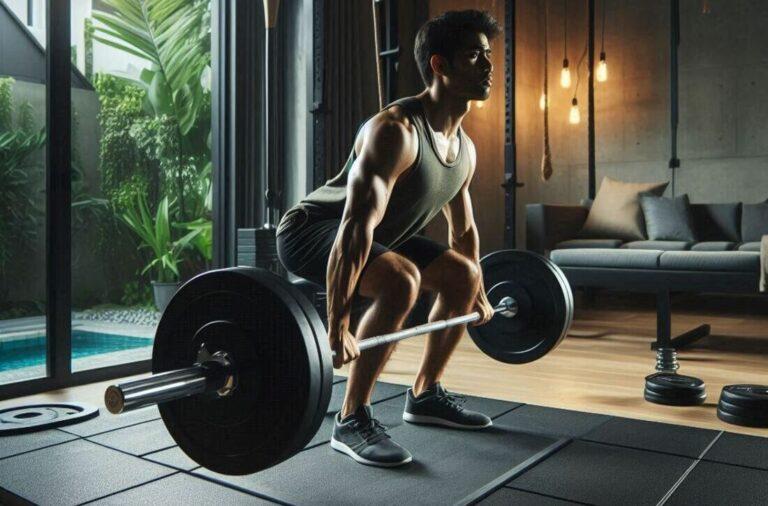You’re in the middle of an intense workout, feeling strong and motivated.
Suddenly, your foot slips on the floor, sending you crashing down. Ouch!
Slips and falls are a common concern in home gyms, and preventing them should be a top priority.
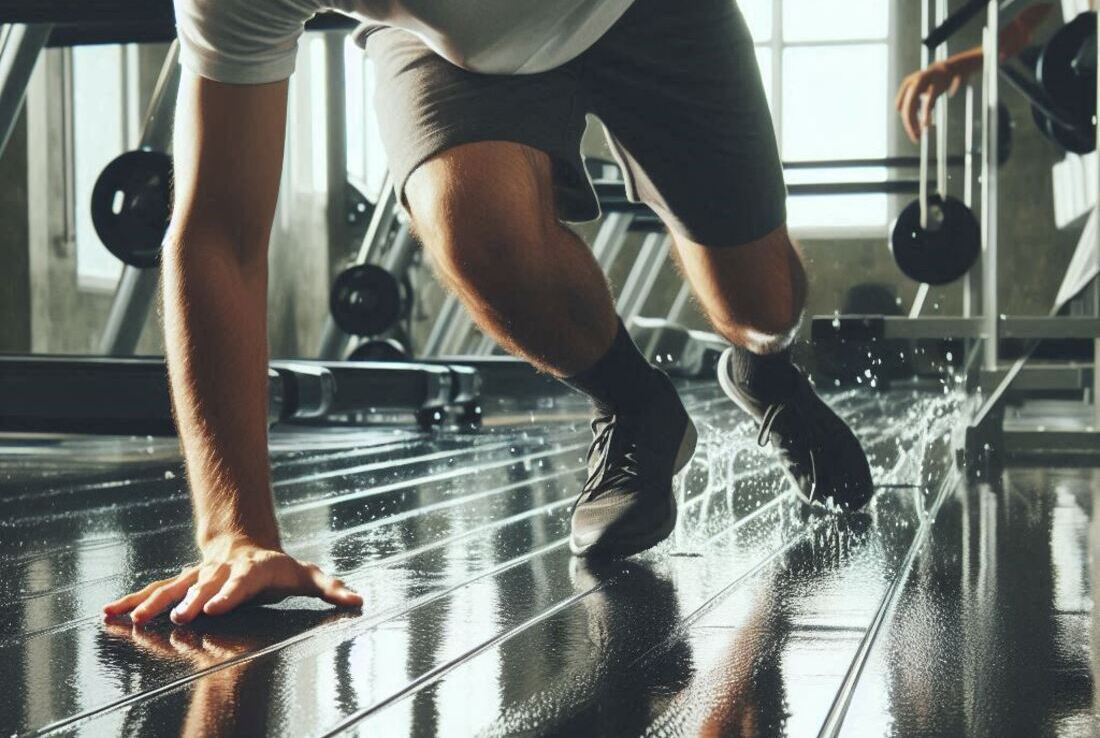
Here’s where the right flooring makes all the difference.
This comprehensive guide explores how choosing the right home gym flooring can significantly reduce the risk of slips and falls.
We’ll delve into essential safety considerations, compare popular flooring options for slip resistance, and equip you with valuable tips to create a safe and secure workout environment in your home gym.
Why Prioritize Slip-Resistant Flooring in Your Home Gym?
According to the National Safety Council, falls are the leading cause of unintentional injury deaths in the United States, especially for older adults.
A home gym environment can pose similar risks, particularly with sweat, dropped weights, and sudden movements. Slip-resistant flooring plays a crucial role in mitigating these risks:
- Reduces Fall Risk: A grippy surface minimizes the chance of your feet losing traction during workouts, preventing slips and potential injuries.
- Enhances Confidence: Knowing you have a safe and stable foundation underfoot allows you to focus on your workout with increased confidence and motivation.
- Promotes Overall Safety: Slip-resistant flooring creates a safer environment for all users, regardless of age or fitness level.
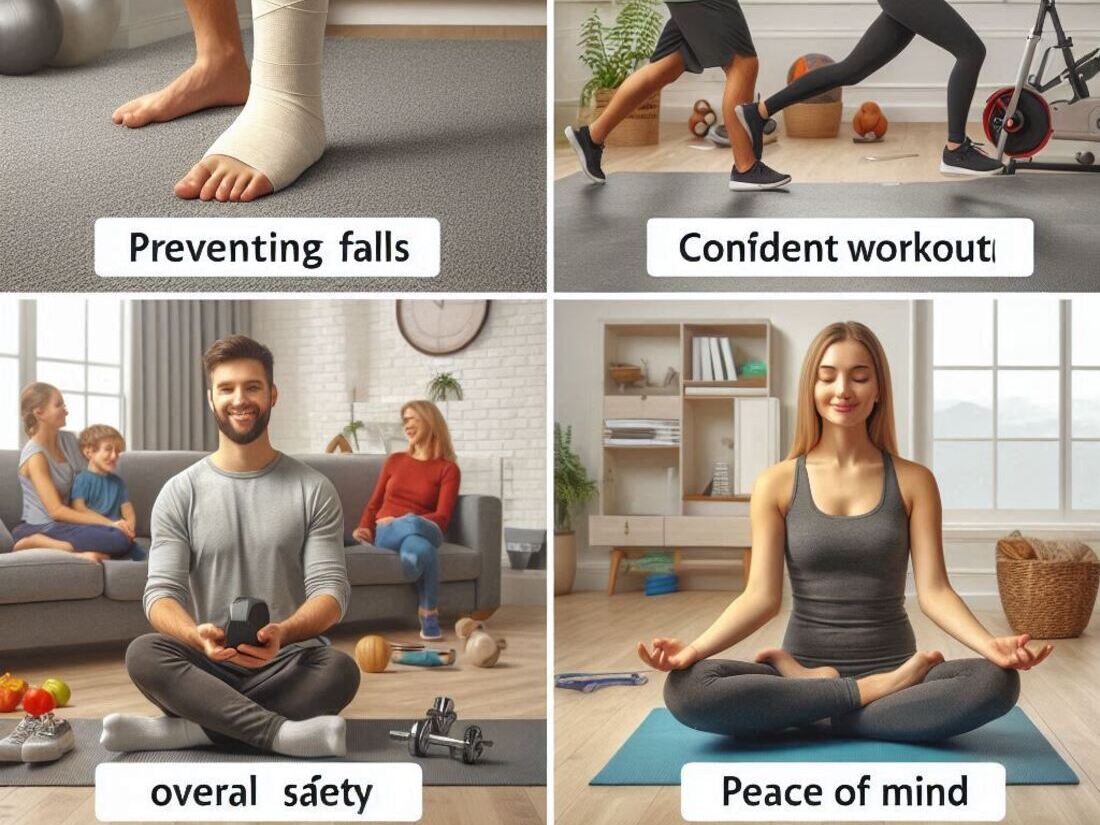
Key Takeaways on Prioritizing Slip-Resistant Flooring:
- Reduces fall risk by minimizing the chance of slips during workouts.
- Enhances confidence with a safe and stable foundation for exercise.
- Promotes overall safety for all users in the home gym environment.
Now that you understand the importance of slip resistance, let’s explore how different flooring options measure up:
Comparing Popular Home Gym Flooring Options for Slip Resistance:
Here’s a breakdown of some popular home gym flooring options, highlighting their slip-resistant properties:
1. Rubber Floor Mats
- Pros: Excellent slip resistance, especially when wet. Durable and absorbs impact, making them ideal for weightlifting and high-impact exercises.
- Cons: Can be heavy and bulky. May not be the most aesthetically pleasing option for everyone.
2. Foam Floor Tiles
- Pros: Comfortable and provide cushioning for low-impact workouts. Some textured tiles offer moderate slip resistance when dry.
- Cons: Can become slippery when wet. May not be suitable for heavy weights due to their softer nature.
3. Horse Stall Mats
- Pros: Highly durable and affordable. Offer good slip resistance, especially with a textured surface.
- Cons: Bulky and not very aesthetically pleasing. May have a strong rubber odor initially.
4. Puzzle Exercise Mats
- Pros: Affordable and easy to install. Some interlocking mats offer textured surfaces with mild slip resistance when dry.
- Cons: Can become slippery when wet. Not as durable as rubber mats and may not be suitable for heavy weights.
5. Painted Concrete
- Pros: Very cost-effective and customizable. Can be treated with a slip-resistant epoxy coating.
- Cons: Requires a pre-existing concrete subfloor. Epoxy coating application might require professional installation.
Choosing the Right Flooring for Slip Resistance: A Decision Matrix
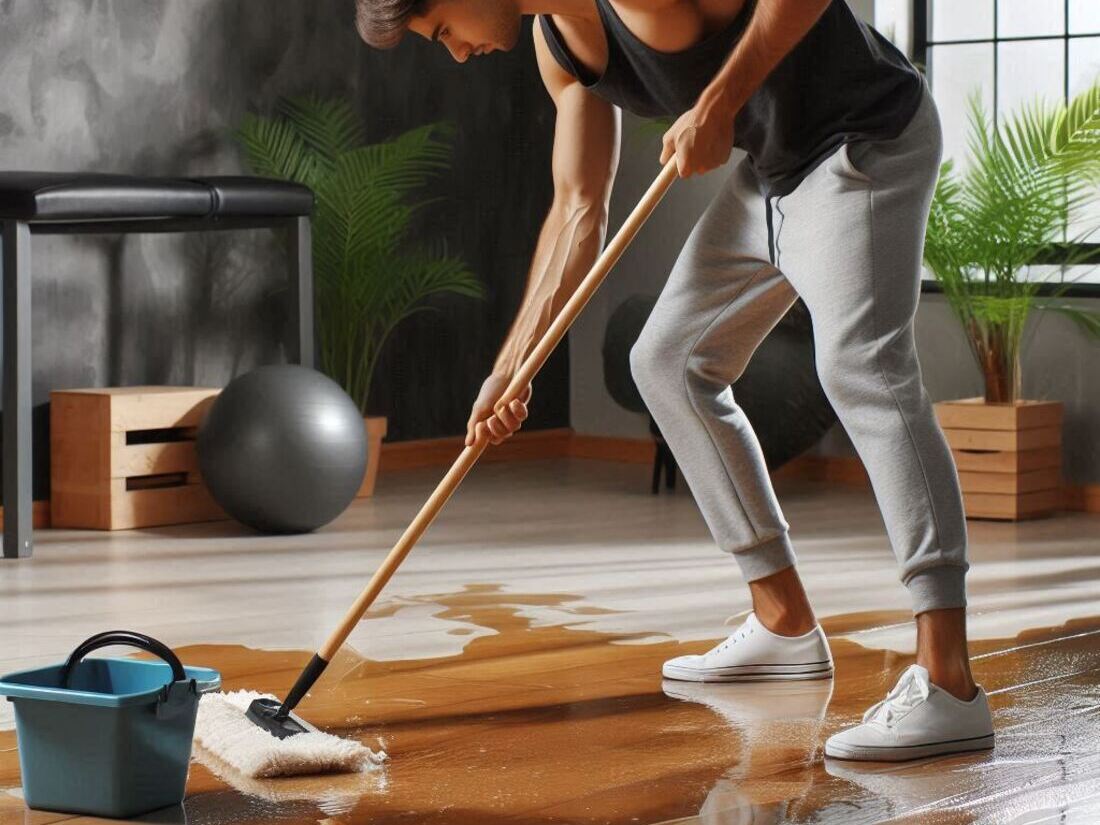
Table 1: Matching Your Needs with Slip-Resistant Flooring
| Feature | Rubber Floor Mats | Foam Floor Tiles | Horse Stall Mats | Puzzle Exercise Mats | Painted Concrete (with Epoxy Coating) |
|---|---|---|---|---|---|
| Slip Resistance (Dry) | Excellent | Moderate | Good | Moderate | Moderate |
| Slip Resistance (Wet) | Excellent | Poor | Good | Poor | Moderate |
| Durability | Excellent | Good | Excellent | Moderate | Good |
| Impact Absorption | Excellent | Good | Excellent | Moderate | Poor |
| Comfort | Moderate | Good | Moderate | Good | Poor |
| Cost | Moderate | Low | Low | Low | Very Low |
| Aesthetics | Limited | Good | Limited | Good | Customizable |
Note: This table is a general guide, and specific products within each type may have varying features.
Additional Tips for Creating a Slip-Resistant Home Gym Environment
Beyond choosing the right flooring, here are some additional tips to further minimize the risk of slips and falls:
- Keep Your Floor Clean and Dry: Sweat, spills, and dust can contribute to a slippery surface. Regularly clean your gym floor with appropriate cleaning products for your chosen flooring type (refer to our previous blog “Sweat Happens: Easy Cleaning & Maintenance for Your Home Gym Floor” for detailed cleaning instructions). Wipe up any spills immediately and ensure the floor dries completely before resuming your workout.
- Use Proper Footwear: Invest in gym shoes with good tread patterns designed for specific activities. Avoid wearing smooth-soled shoes or working out barefoot, as these offer minimal traction. Consider using weightlifting shoes for exercises that require extra stability.
- Place Welcome Mats: Place absorbent doormats at the entrance of your gym to trap moisture and dirt from being tracked onto the floor. This is particularly important during rainy or snowy seasons.
- Mind Your Sweat: Use sweat towels to absorb perspiration throughout your workout. This not only reduces the risk of slipping but also keeps your gym environment more hygienic.
- Maintain Proper Lighting: Ensure your gym has adequate lighting to improve visibility and prevent tripping hazards. Poor lighting can make it difficult to see potential obstacles on the floor.
- Be Mindful of Dropped Weights: Always return weights to their designated racks after use. Leftover weights on the floor can create tripping hazards and contribute to a cluttered environment.
- Warm Up and Cool Down: Proper warm-up and cool-down routines prepare your muscles and joints for exercise, reducing the risk of sudden movements that could lead to slips or falls.
- Listen to Your Body: Don’t push yourself too hard, especially when feeling fatigued. Take breaks when needed and avoid exceeding your workout capacity, which can increase the risk of accidents.
Safety First: A Final Word on Preventing Slips and Falls in Your Home Gym
By prioritizing slip-resistant flooring, implementing these additional safety measures, and maintaining a clean and organized workout space, you can significantly reduce the risk of slips and falls in your home gym.
Remember, a safe home gym environment allows you to focus on achieving your fitness goals with confidence and peace of mind.
Now, get out there and crush your next workout – safely!
FAQs: Frequently Asked Questions About Slip-Resistant Home Gym Flooring
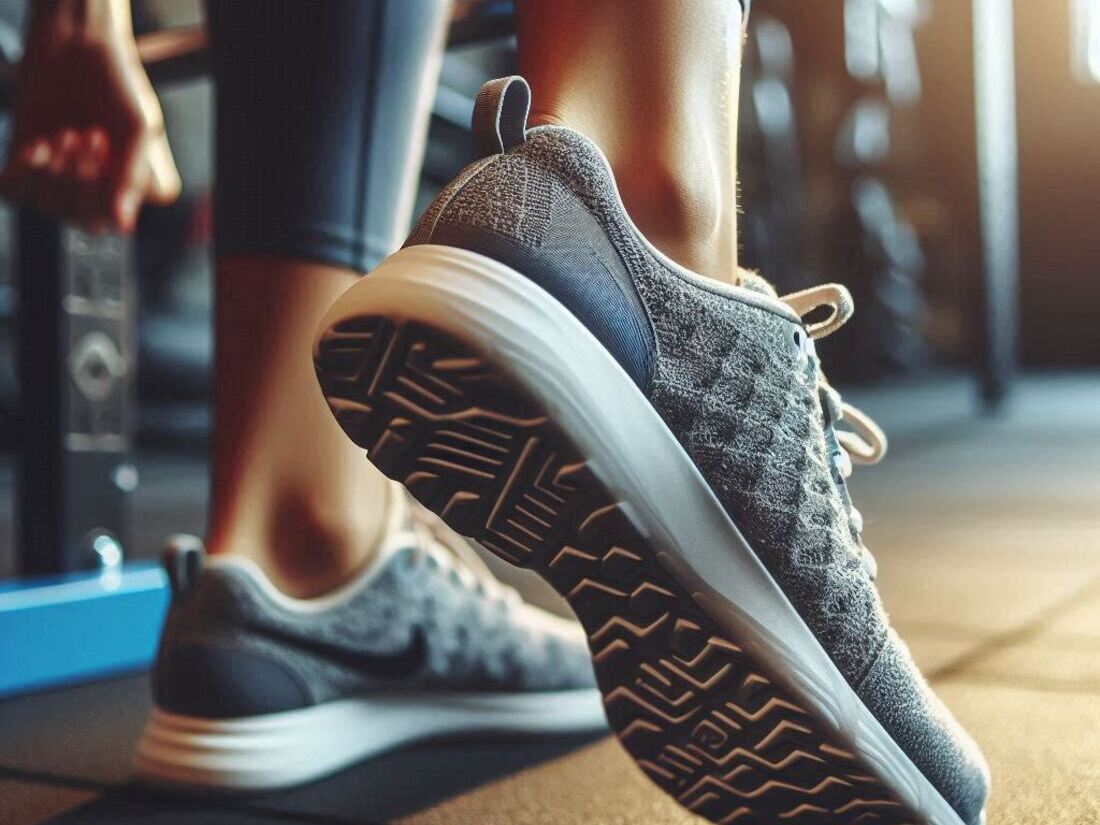
What if I’m on a tight budget, but still want a safe and slip-resistant floor?
Consider using horse stall mats. While not the most aesthetically pleasing option, they offer good slip resistance and durability at a budget-friendly price. Another option is to prioritize slip-resistant rubber mats for weightlifting areas and use a more affordable option for less strenuous workout zones.
Can I add a slip-resistant coating to existing flooring?
Yes, for some flooring types like concrete, applying a slip-resistant epoxy coating can significantly enhance traction. However, ensure the coating is compatible with your existing floor and consider consulting a professional for proper application.
I rent my home gym space. What can I do to improve slip resistance?
Discuss your concerns with your landlord. Depending on the flooring type, they might be open to solutions like adding rubber mats or applying a slip-resistant coating (with proper permission). Alternatively, using portable rubber mats for your workout area can offer some level of slip resistance.
How often should I replace my home gym flooring?
The replacement frequency depends on the flooring type, usage intensity, and overall maintenance. Regular inspections for signs of wear and tear (cracks, tears, etc.) will help you determine when replacement is necessary.
Conclusion: Invest in Safety, Invest in a Thriving Home Gym
Creating a safe and functional home gym environment starts with prioritizing slip-resistant flooring.
By following the tips and considerations outlined in this guide, you can make informed decisions about your flooring choice and implement additional safety measures.
Remember, a safe home gym empowers you to achieve your fitness goals with confidence and minimize the risk of injuries.
Now go forth and conquer your workouts – safely and effectively!

